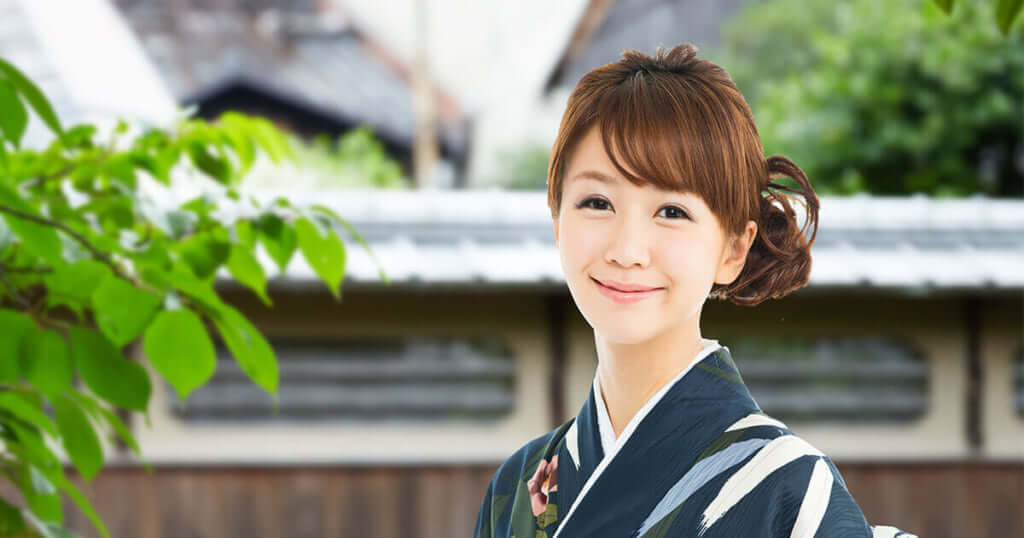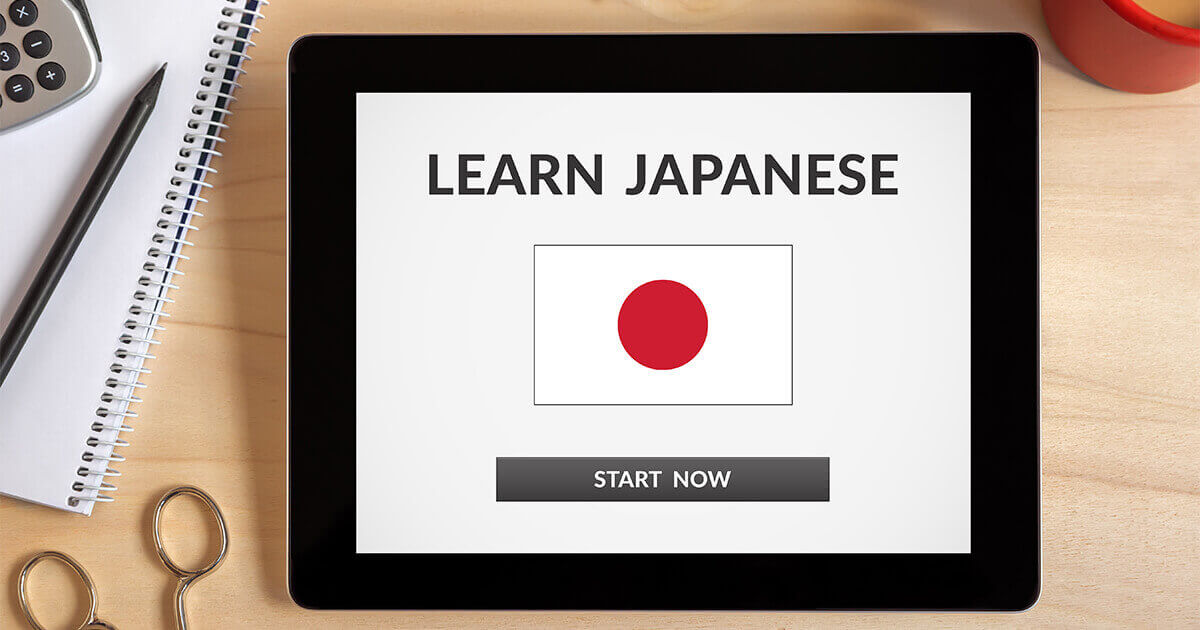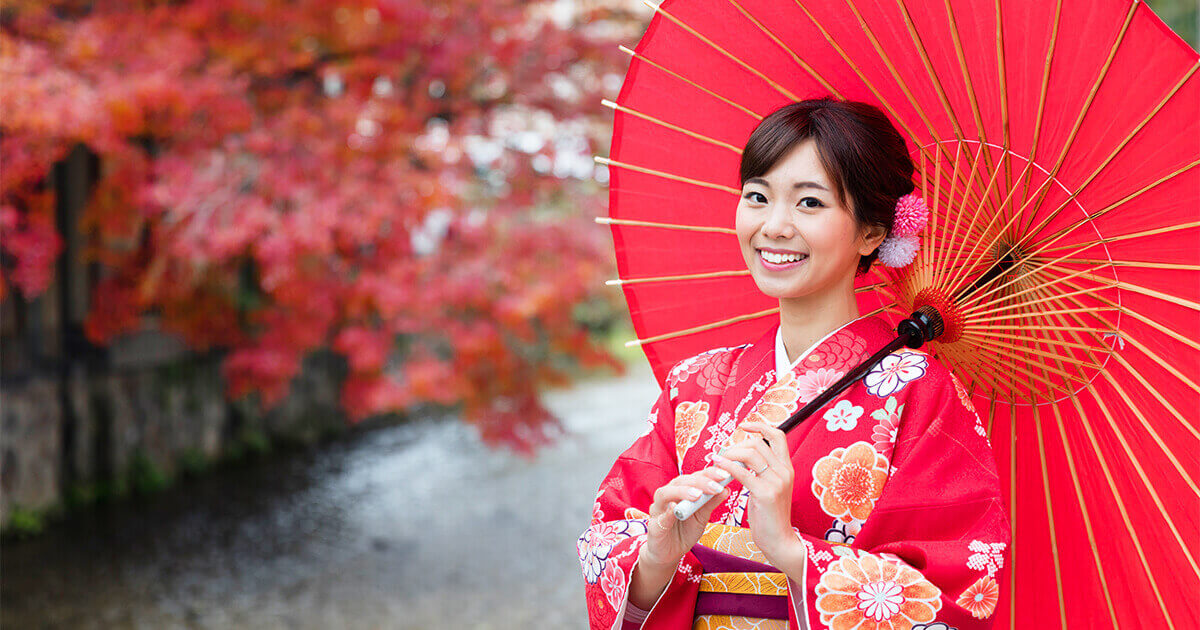
Some Japanese learners may think that keigo (honorific expressions) is discriminatory because they are words used to show a hierarchical relationship. Indeed, keigo is also used to show a hierarchical relationship but it is hard to say whether it is discriminatory. Let’s learn when to use keigo.
What is keigo (honorific expressions)?
Keigo is used to show respect to the person you are addressing to. Sonkeigo (respectful expressions) is an expression used to show respect to the people in the topic. Kenjoogo (humble expressions) is an expression used to increase the level of respect to a person by humbling the subject of the verb. Teineigo (polite expressions) is an expression using “desu” or “masu” to show politeness to the listener. For more details, see here and here.
We often hear people say that Japanese is a very difficult language to learn and that it takes a lot of time to master the language. What exactly makes Japanese difficult? Let’s look at the characteristics of the language. Japanese …
Hello. We’ve briefly mentioned keigo (honorific expressions) in “Is Japanese language difficult to learn? Let’s look at the characteristics of the language. Let’s learn more about keigo today. What is keigo (honorific expressions)? We’ve briefly mentioned keigo in “Is Japanese …
When to use keigo?
Keigo is not only used for people who are more senior or superior than you. It is used in various situations as below:
- To show “respect” to the other party
- To show “formality” to the other party
- To show “a sense of distance” to the other party
- To show the character and upbringing of the user
To show “respect” to the other party
In this case, the other party often refers to a meue no hito, someone who is more senior or superior than you. Keigo is used for someone who is older than you or for someone who is ranked socially higher than you (such as superior, teacher, or customer). The word meue literally means someone who is above your eye level. This expression comes from an old custom where the seat of a person gets higher according to his/her level of social ranking. Because of this, some Japanese learners may think that “Japan is a discriminatory society”.
To show “formality” to the other party
Suppose you are the CEO of a large company. Since you are the most important person in the company, you would probably not use keigo when giving a speech in front of your employees. You are wrong in this case. Even a CEO uses keigo in a formal occasion. One must use keigo regardless of his social position in a formal occasion. In this case, the purpose is to share the “formal space” among those present.
To show “a sense of distance” to the other party
Suppose a stranger asked you for directions on the street and he is definitely younger than you. Should you use keigo toward him? The answer is “yes”. When the other party is a stranger, there is a need to create a psychological distance between the two of you. Use keigo to speak politely if you do not know the other person well. This is to respect the latter’s personal space. Even when making new friends, keigo is used at the beginning and when you have become closer, you can switch from keigo to teineigo, and eventually to casual expressions to show the change in your relationship. Using casual expressions from the start simply because the other party is of similar age as you and you wish to become friends quickly will backfire because he/she may think that you are overly friendly and your friendship may not develop as well. In addition, casual expressions are a definite no-no even if you wish to express your friendliness to someone you like whom you have just met. Use keigo at the beginning to respect the personal space of the other party. That’s the secret to a successful date.
To show the character and upbringing of the user
There is a character called Bree in “Desperate Housewives”, an American TV drama. She comes from an upper-class upbringing and her husband is a doctor. She is portrayed as a conservative and God-fearing woman. She sounds very polite and elegant and her accent is unlike the other characters in the drama. If the drama is subtitled in Japanese, Bree’s dialogue would probably appear entirely in keigo. In this case, keigo is used to express one’s character instead of for the other party.
What do you think? Now you know that keigo is not only used to differentiate people socially. Try to master keigo and become a Japanese expert.
* Reference: Kore Dake Shitte Okitai “Keigo” no Kihon to Jooshiki (Keigo Basics and Common Sense that You Must Know)







